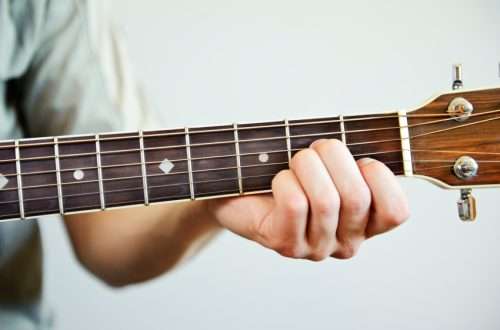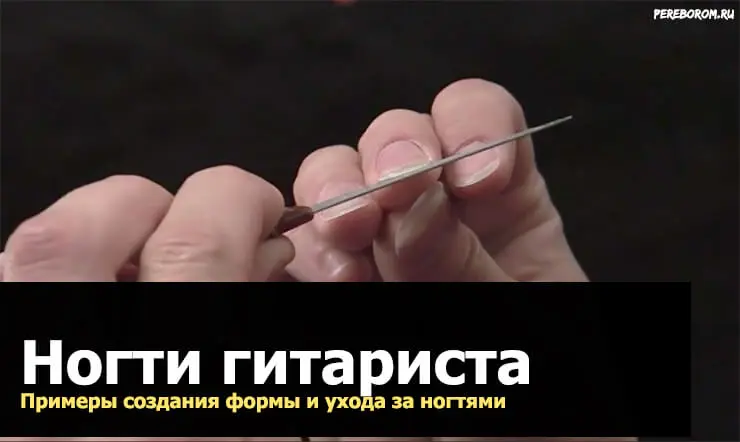
Guitarist nails. Examples of shaping and nail care
Contents

Guitarist nails. general information
Surely in some video tutorials or even live, you have seen the guitarist’s rather long nails. And if for women they look natural (although they differ somewhat from the standard manicure), then for men (which, we note, after all, the majority in the guitar business) it looks a little strange. However, students of music schools and conservatories will not be surprised by this. Moreover, they themselves grow this attribute for themselves. We will try to answer the questions why this is necessary and how to properly care for the nail.
Why do guitarists need nails
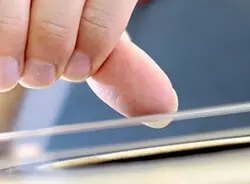
Why do guitarists need nails on their right hand? If the answer is simple – for a brighter sound. You must have noticed that classics, flamenco musicians, and in some cases fingerstyle players acquire such an “instrument”. That is, those who play acoustic and especially electric guitars do not have specially grown nails.
It has to do with the nature of the sound. Classical guitars have nylon strings. They are not played as a mediator (again, in the classical sense). Therefore, if you extract the sound with your fingertips, it will be quieter and softer, and somewhat “sluggish”. Of course, such sound production is quite suitable for home rehearsals or for classroom activities. But for minimal concerts (even in the same classroom), and even more so for a large audience, you need a bright and dense sound.
Why grow
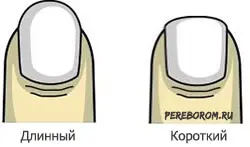
Building
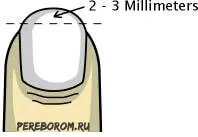
What should be the length of the nails
Finding the right form can take from a couple of months to several years. Several methods have already been developed that help determine the final result.
First of all, the length depends on the anatomical shape of the finger, the strength of the nail and its shape. Style also plays an important role (academic music, a more pop direction of classical guitar + flamenco – for example, Paco de Lucia or fingerstyle, in which they are not at all obligatory, but are an addition).
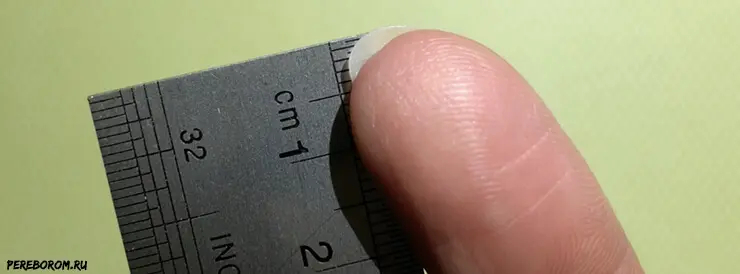
If they are short, then a large area of uXNUMXbuXNUMXbthe pad will come into contact with the string, making the sound open, “flat” (analogue with an unrounded flat sound for vocalists), of poor quality.
If guitarists have long nails, then the sound becomes richer, livelier, louder. However, then you can run into problems when performing some tricks – in particular, high-speed play. enumeration or fast passages. Also, if you do not touch the pads at all, then the sound will not always be appropriately sharp. In addition, long nails are inconvenient in everyday life and can break (including during the game).
Therefore, it is still worth sticking to the length slightly below average, closer to short ones. By the way, it is best to measure the nail by turning the palm towards you and counting the linear area from the tip of the pad. Most often, this length is either 2 mm, or 3-4.
Guitarist Nail Shapes
Shapes that give good sound
For a beginner, it is enough to make a rounded shape (close to natural, but slightly processed along the edges – the so-called “crescent”). Over time, it is worth experimenting, each time moving the “tip” a little further to the right side, cutting it at an angle between about 35-45 degrees. Moreover, such a semicircle should be not only in the “full face”, but also from the “end” – that is, so that the guitarist’s nails are not angular, but rounded. You can check by muffling the string – if you run your fingernail along it, then there should be no rattle and shuffling.
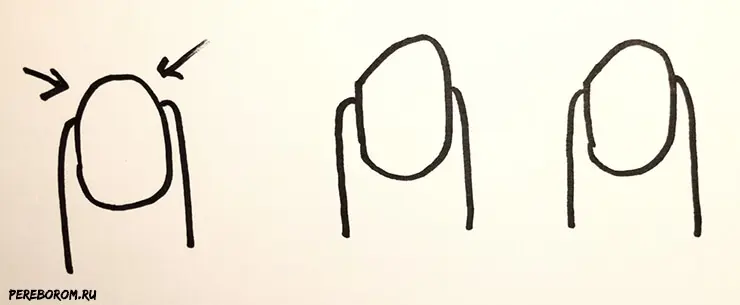
Shapes that sound bad
Corners, pointed “peaks”, sharp fragments. They make the sound harsh and unpleasant due to the constant activation of the high frequencies and the overall oversaturated attack. With this shape, it is very difficult to control dynamic shades. Moreover, from the constant exposure to such angular forms, fretboard.
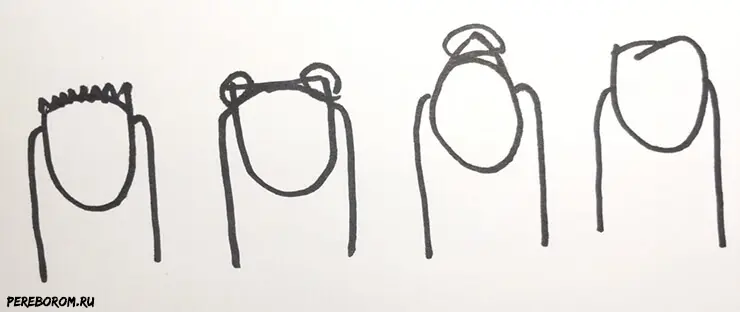
Nail shaping tools
metal file
The most budgetary and common option.

Buffs
Experienced musicians carry this instrument with them in their bag or pocket. It is suitable not only for home use, but also useful in situations where you literally “broken off”. It is convenient, first of all, because it has a good support in the form of a left hand.
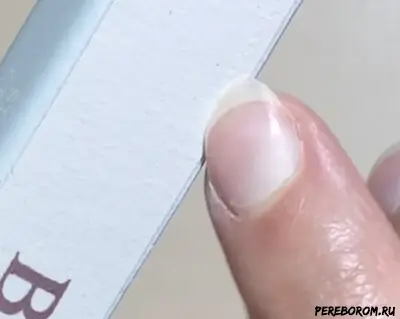
Polisher
It eliminates the “sawdust” that remains after processing with coarser files.
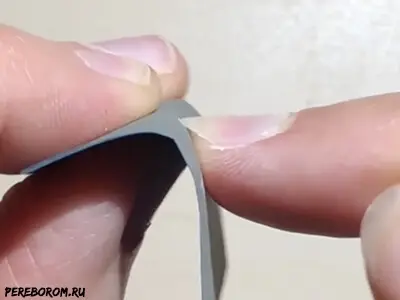
Useful Tips
1. Find the right fit
You need to find a position that is comfortable for you personally with the individual shape of the fingers and the growth of the nail. You need to find a position between the pad and the nail that gives an acceptable sound.
2. Try different nail tools
Use not only the devices indicated above, but also special care products. One of them is sure to please you more than the other. Examples include “strengthening” products from OPI, CVS, Sally Hansen.
3. Don’t get too hung up on your nails
Do not put guitar nails in the first place. Of course, professional guitarists look after them. But in the literal sense, “manicure” before each rehearsal should not be. After all, the main skill lies in the hands and head. It is better to spend an extra half an hour working out the difficult moment of the sketch, rather than bringing your manicure to perfect condition. It is enough to do this as needed (have grown, changed shape).
4. Start doing your daily activities with your left hand
Some routine activities can lead to breakage or other injury to the nail. For example, abruptly pulling an object out of a bag or quickly opening a doorknob. You can do this with your left hand, or right, but carefully.
5. Don’t make your nails too short
Sometimes, before concerts, the pros are so keen on grinding their “finger instrument” that they grind it almost to the ground. It’s best to always leave an extra millimeter to help brighten up your sound.



